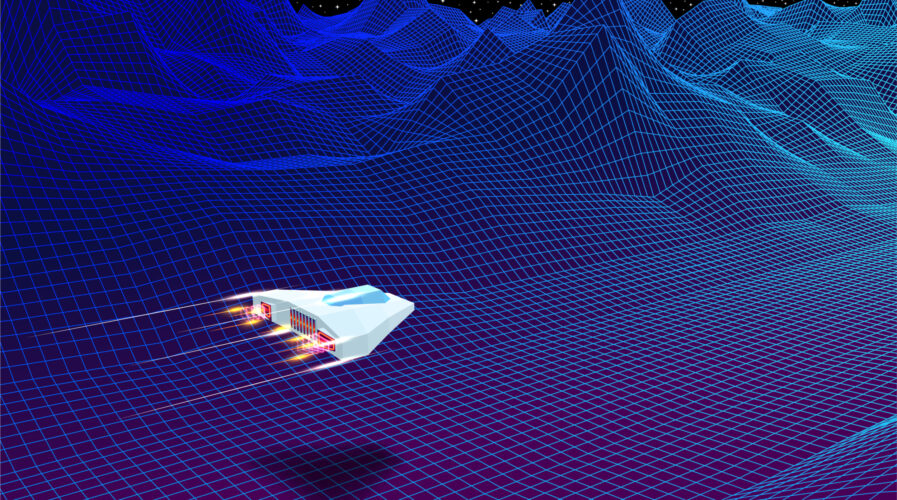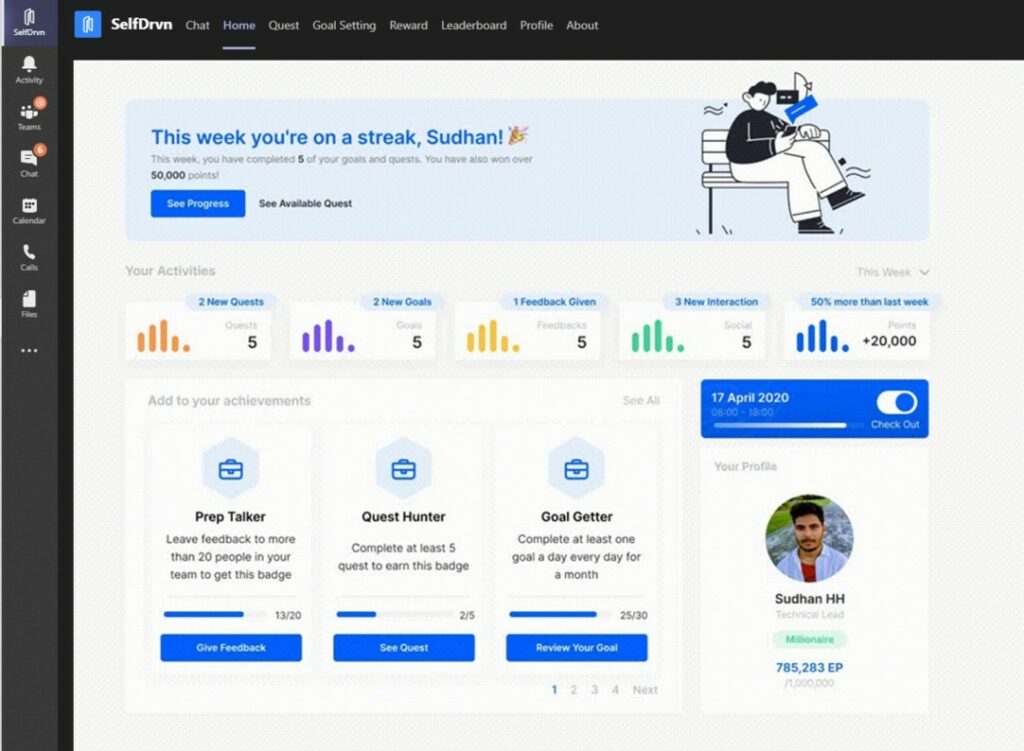
Does gamifying work tools lead to better remote working engagement & collaboration? Source: Shutterstock
Gamifying the remote workspace – sound strategy or game over?
- With enterprise talent continuing to work remotely, is gamification the cure to keeping the remote workforce engaged and productive?
2020 will be remembered for a number of (mostly pandemic-related) reasons. One of the main ones will surely be the rapid shift towards working from home practices for many organizations – often for the first time ever. And it may well stick around.
Even before COVID-19 wreaked its havoc, Gallup’s State of the American Workplace research not only showed that remote working improved employee outcomes, but workplace flexibility was also shown to improve staff engagement, and subsequently job performance.
Not far off two-thirds of businesses worldwide currently have flexible workplace policies of some kind, according to the IWG Global Workspace Survey. Organizations with a more engaged workforce can claim a 41% lower absenteeism rate, 40% fewer quality defects in product testing, and a 21% higher profitability margin.
In this new era, CIOs and HR professionals have been buzzing about “gamifying” remote working operations as a means to keep the workforce engaged and to drive productivity, even when not in a shared working space. In fact, most businesses probably employ the method to a degree already, even if they don’t realize it.
But is gamifying work the answer to keeping remote working staff engaged? With the higher adoption of digital tools recently to keep the distributed workforce running, some quarters believe gamification could yield benefits among the new, distributed workforce.
For instance, HR professionals have used game-like elements to make virtual onboarding processes for new staff easier to absorb, similar to how interactive games engage the cognitive brain processes to teach players how to play the game.

SelfDrvn integrates with Microsoft Teams & uses gamification, social collaboration, and data-driven positive psychology to drive employee productivity and engagement. Source: SelfDrvn
When remote teams are more connected by Microsoft Teams or Slack than by face-to-face communication, interactive Service-as-a-Solution platforms like SelfDrvn can be used to keep a check on employee performance, but can also use data-driven insights to populate a dashboard interface to show both staff and management alike how they are progressing.
Without the physical identity of a workplace, a company can use gamification to teach new employees about the company, products, processes, culture, and ethos. Newly-employed team members could take a virtual tour of the company; quizzes could be sent about members of the team or different areas of the business.
Going further, instead of team days or after-work drinks, culture can be developed and adapted for the new way of working with gamified teamwork or contests, such as ‘leagues’ and fantasy sports.
Elements like sales charts and performance targets can be gamified with elements like rewards points, leaderboards, and a hierarchy of levels that the worker can ‘progress’ through. Positive outcomes for the individual and the team can be rewarded with appreciation badges and recognition within the entire company infrastructure.
For all benefits that gamifying remote work processes can deliver, there could be drawbacks as well. 75% of people who work remotely do so because there are fewer distractions, but gamifying work performance figures could prove an unnecessary diversion for remote staff, who might be affected by constantly having to pay attention to updates from an employee engagement platform.
Also, some organizations might also implement social collaboration and extra-curricular activities within the same platform, hoping to keep users engaged socially as well as performance-wise. This could prove damaging in the long run, blurring the lines between work and home life– a line that is already gray, given that remotely-relocated staff might be working from their homes.
Regardless, gamification adds a bit of luster to otherwise potentially dull performance reports and analysis charts and offers an alluring way to maintain staff engagement while they’re remotely working. But with a whopping 85% of surveyed businesses saying that implementing flexible work locations have made their company more productive, one has to wonder if gamifying established systems will do better for productivity, or not.
READ MORE
- Ethical AI: The renewed importance of safeguarding data and customer privacy in Generative AI applications
- How Japan balances AI-driven opportunities with cybersecurity needs
- Deploying SASE: Benchmarking your approach
- Insurance everywhere all at once: the digital transformation of the APAC insurance industry
- Google parent Alphabet eyes HubSpot: A potential acquisition shaping the future of CRM


